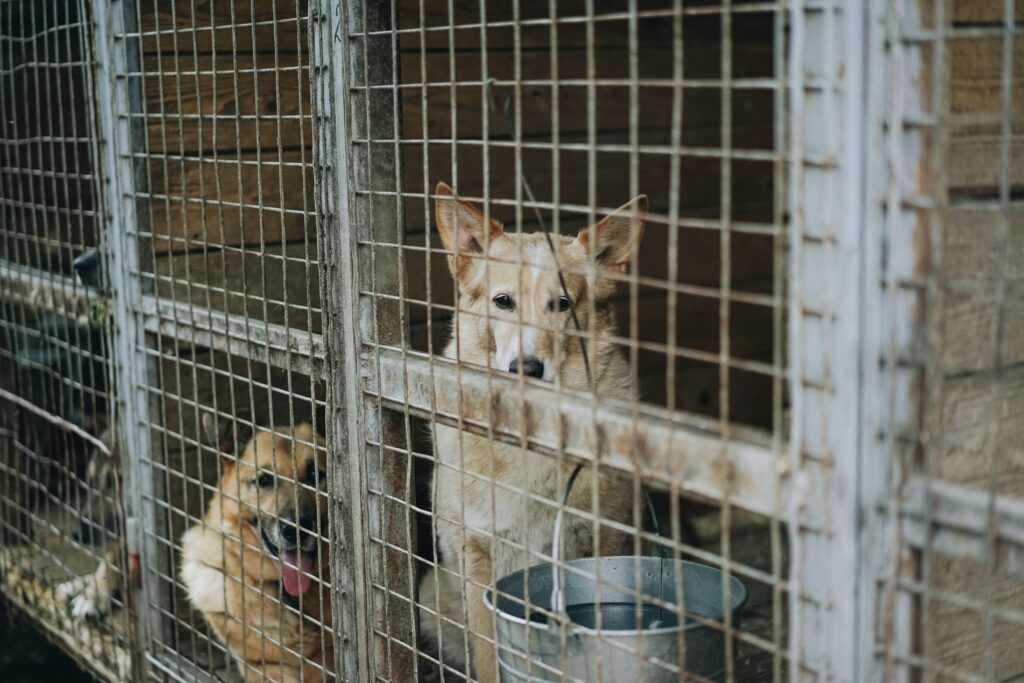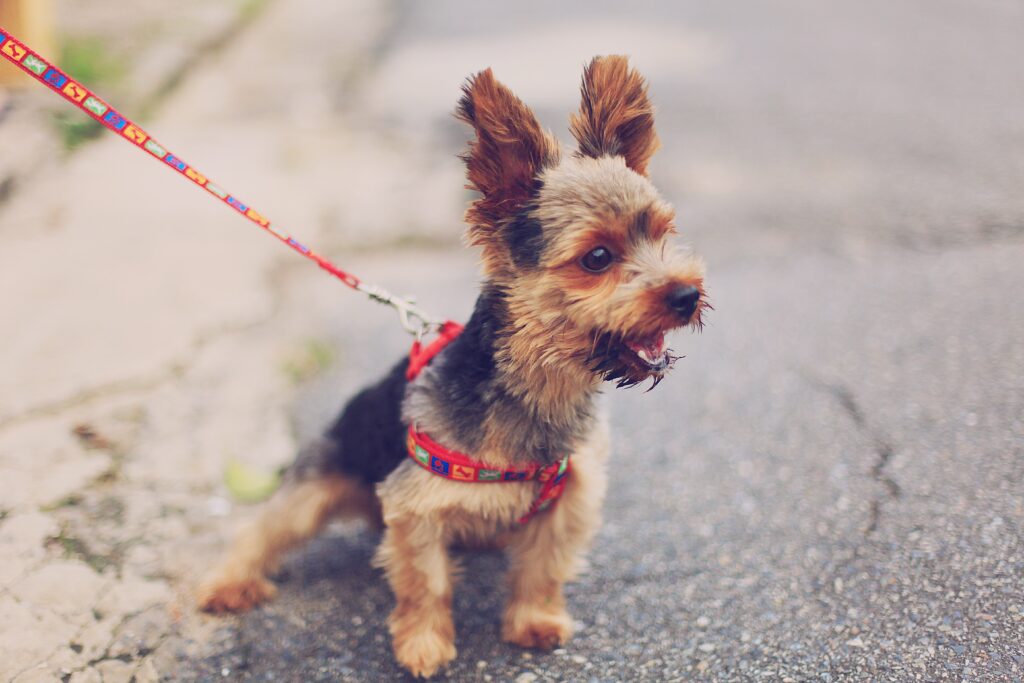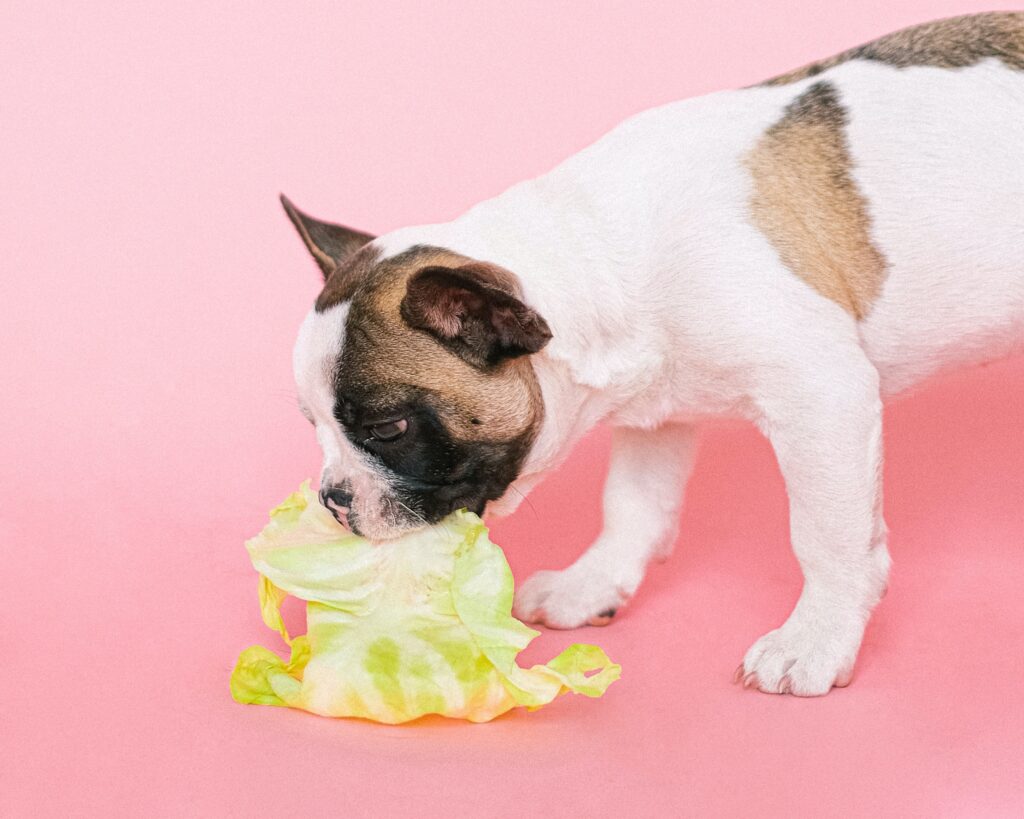Is there a difference between rescue dog anxiety and that of traditionally raised dogs? Yes, there certainly is. Imagine being held behind bars for a very lengthy period. You have already been abandoned once or perhaps multiple times and now you find yourself held up in a foreign building in more or less a cage with dozens of other barking dogs in similar circumstances. You may have battle scars from having to protect and defend yourself on the streets and are malnourished from having been fed very little or possible having to scrounge for scraps over several days on city streets.
Rescue dog anxiety is a particular form of anxiety. However, lets, dive deeper to better understand and focus on how this anxiety can be alleviated and turned around.
Table of Contents
Mitigating factors:
- Neglect
- Abandonment
- Abuse
Neglect
More often than not a rescue dog was neglected. Neglect can encompass being fed very little, not receiving love and comfort from its owners to not enough exercise and being locked up days on end indoors without sunlight and exercise.
Abandonment
Quite often rescue dogs have been abandoned, taken to a shelter, picked up by another family and then abandoned again. Dogs are by nature pack animals. Being separated from the pack / owner is a very traumatic experience. Because of this, when dogs are first adopted, it may take several hours or several days to trust that a new family will not abandon them again. During this time, a new owner needs to do everything possible not to leave the dog at home alone during the day. This is a time that trust needs to be built.
Abuse
When most people think of dog abuse their mind goes to images of an owner physically abusing the dog by beating or perhaps chocking. Dog abuse however can also be mental. Dogs can tell the difference in voice inflection. When an owner constantly yells in a menacing manor, the dog can definitely sense the change in demeanor and body language therefore the dog can sense hostility even if it is not physical in nature. It is important not to yell at your new rescue companion especially in the first few weeks after you have brought them home.
So how long will it take for my rescue dog to calm down?
Dependent upon the level of neglect or abuse your dog was exposed to, it could take several days or weeks for your new companions’ nerves to calm and the level of trust to increase. The key is patience but also giving your rescue a sense of belonging and normalcy.

How can I help my dog with anxiety?
- It starts with the ride home, do not put them in the backseat by themselves. You will want to establish comfort and partnership right away. It would not hurt to also have a little bag of treats to help take the dogs mind off changing surroundings. Ideally one of you will drive while the other sits in back with the rescue. If you are alone, make sure that
- Once you are home, do not force the dog to an area, let he or she walk around and familiarize themselves with the area, they will probably sniff a lot.
- Do not try to force the issue and give the dog lots of hugs right away. They are not used to your body language and mannerisms yet. This is a time where you may unintentionally do something with your body language that spooks your new companion, this will cause them to go on high-alert do to trauma they may have undergone with a former owner or something that happened at the shelter.
- Ensure that your pet has plenty of space to exercise. Your rescue just came from a very, very confined space. They need room to roam so that they don’t feel as though they are in another shelter. It is important that they get their exercise by way of a large enough back yard or taken on frequent walks. Hold off on taking them to the dog park until they have had time to get comfortable with your family and familiarized with their surroundings.
- Do not give them more than two toys. Too many toys will cause sensory overload thus causing a bad form of distraction leading to annoyance and further anxiety. Let the dog have ownership of two items they can call their own. It is OK to insert a treat in certain toys to hold their attention.
- Plan on spending the first few days sleeping in close proximity to the dog to help comfort them thus reducing anxiety.
- When you must leave the house, do it unannounced and without drama and fanfare. Start with 10 or 15 minutes at a time and then work your way up to 30 minutes to an hour. Do this over 3 to 4 day span. When you decide to leave, leave the dog a treat so that they associate you leaving with something positive.
- Maintain a consistent schedule. Feed the dog and let them out at near the same times every day. It is Ok to the break the schedule occasionally (like if you are taking them to the park). This is very important. Most rescue dogs from a shelter are already potty trained. Having a consistent schedule has a calming effect because it gives a dog sense of what to expect thus serving to calm the dogs nerves. Imagine if you as a human never knew what to expect when waking up in the morning, not knowing if a fire alarm was going to go off or if some stranger was going to come bursting through your door. Dogs value normalcy in a similar fashion humans do.
Dog breeds that are more prone to separation anxiety:
- Labrador Retrievers
- German Shepherds
- Golden Retrievers
- Pugs
- French Bulldogs
- Doberman Pinchers
- Chihuahuas
- Australian shepherds



